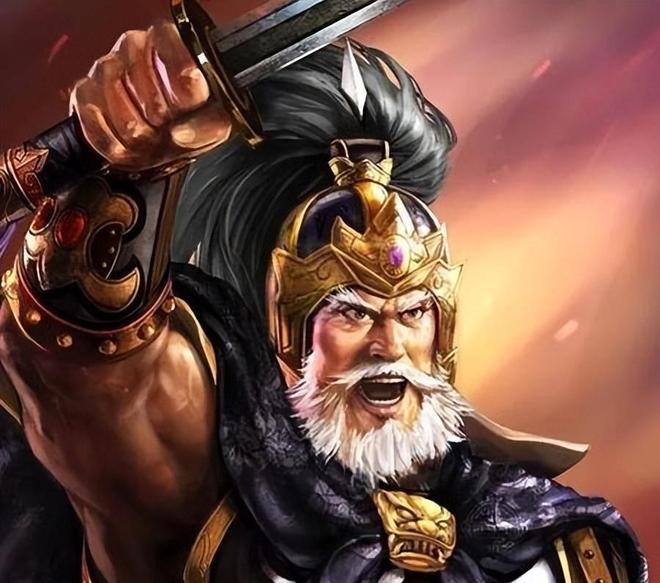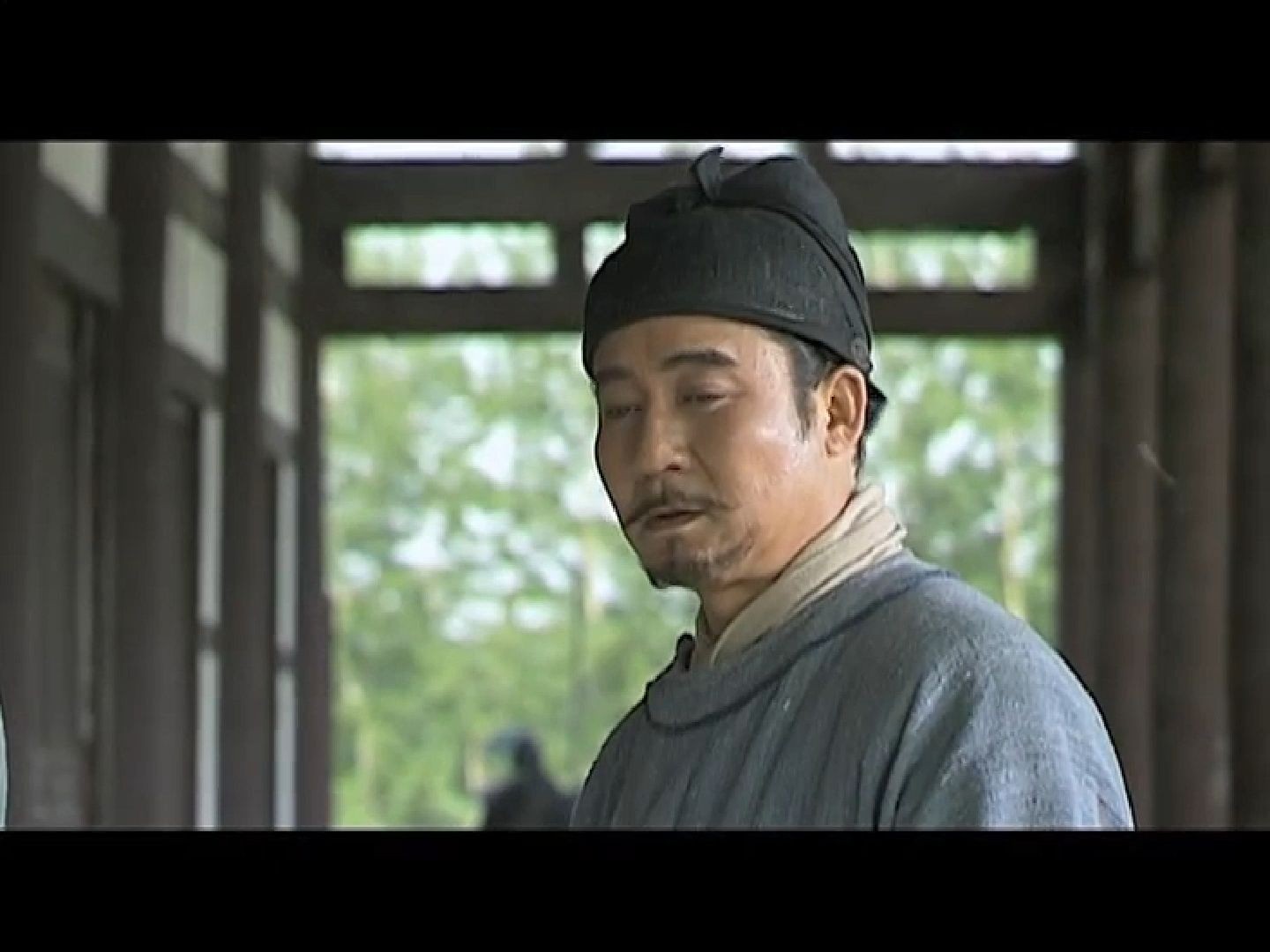In order to maintain good health, people nowadays follow medical advice to eat as little sugar as possible to prevent various diseases caused by elevated blood sugar levels. But in modern Chinese history, there was a person who had an irregular diet, particularly fond of sweet things, and even called himself the “Sugar Monk” (commonly known as “Tang Monk” after the Tang Dynasty monk Xuanzang, who imitated the Western Heaven to obtain Buddhist scriptures). This person was Su Manshu.

Su Manshu was born in 1884 in Xiangshan (now Zhongshan) County, Guangdong Province, Japan. His original name was Yuan Ying (also known as Xuan Ying), and he studied at Yokohama Datong School and Waseda University in Tokyo. In 1902, he transferred to Zhenwu School to study the army and joined the revolutionary group “Youth Association”.
The following year, he shaved his head and became a monk in Huizhou, Guangdong, and adopted the Buddhist name “Bo Jing”, also known as “Master Manshu”. From then on, he went on to live under the name “Su Manshu”. Later, he went to Shanghai to make friends with revolutionary activists, participated in the “Nanshe” movement, and wrote articles strongly opposing Yuan Shikai’s proclamation as emperor, earning him the title of “revolutionary monk” among his contemporaries.
This person is different from ordinary monks. He not only devoted himself to the revolution, but also has many talents. He is proficient in English, Japanese, and Sanskrit (translated poems by Byron and Shelley, as well as Hugo’s novel “Les Mis é rables”), as well as literature and painting. His novel “The Broken Red Goose” expresses the love between men and women, and was popular for a while. His calligraphy and Chinese painting are also exquisite and beautiful.

Unfortunately, this genius monk passed away from gastrointestinal illness on May 2, 1918, at the young age of 35. Why did this gentleman die young? It is said that one of the reasons is that he “pretended to be crazy and played with the world, indulged in alcohol and food, and was greedy for sweets, and finally passed away due to illness”.
Su Manshu has a wide variety of sweet foods. He loves to eat Wujiang’s locally produced malt tower cakes. Three or four are enough for ordinary people, but he can eat as many as twenty; He also has a fondness for Suzhou puff pastry (a famous dessert), which can be eaten dozens of packs a day; He is good at frying chestnuts with sugar.
When he was in Shanghai Baochang Road Hospital due to illness, the dean prohibited Su from eating sugar fried chestnuts. Unexpectedly, he secretly hid three or four bags of food. Later, he was transferred to Guangci Hospital, where the doctor continued to take sugar as a taboo. However, Su’s habit persisted and it is said that many candies were still found under his pillow after his death. Su also likes to eat Babaofan (Rice pudding with eight-delicious ingredients) (also a famous sweet food in Jiangsu and Zhejiang), which is really sweet.
The most popular type of candy among “sugar monks” is a foreign candy called “Moledon”, which is said to be the favorite of the female protagonist in Alexandre Dumas’ novel “La Dame aux Cam é lias” in France. Su Manshu particularly loves this candy because he admires La Dame aux Cam é lias. Whenever Su Manshu had income from polishing pens, he always liked to buy three or four bottles of “Moleden” to satisfy his hunger. Once, he wanted to eat this candy, but he didn’t have any money in his pocket. He even sold the gold teeth he had embedded and exchanged them for candy to eat.
At that time, the famous serialized novel master Bao Tianxiao (from Wu County, Jiangsu Province) once wrote a poem mocking Su Manshu’s sugar loving obsession:
Pine sugar orange cakes and roses, sweet and fragrant, with a smile on your face;
I think the master’s heart is suffering, and he needs to derive happiness from the suffering.



